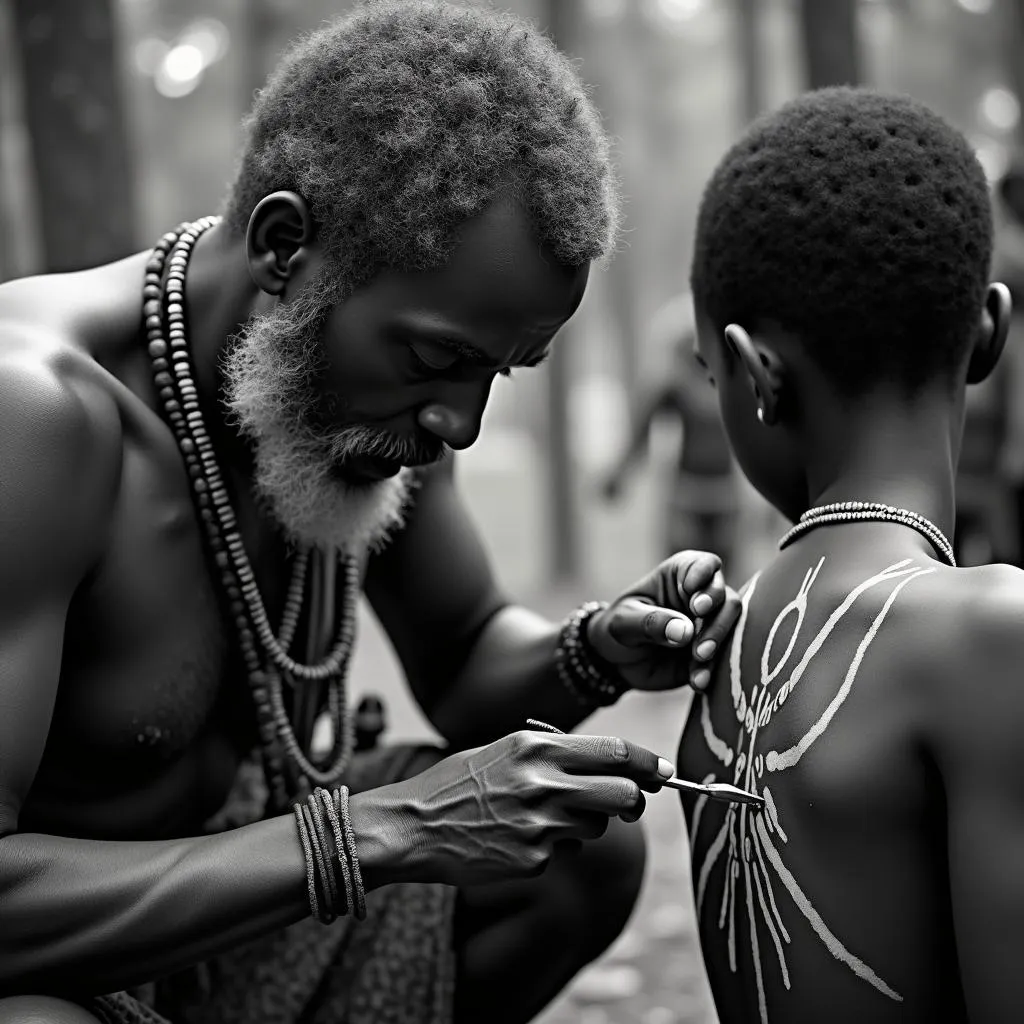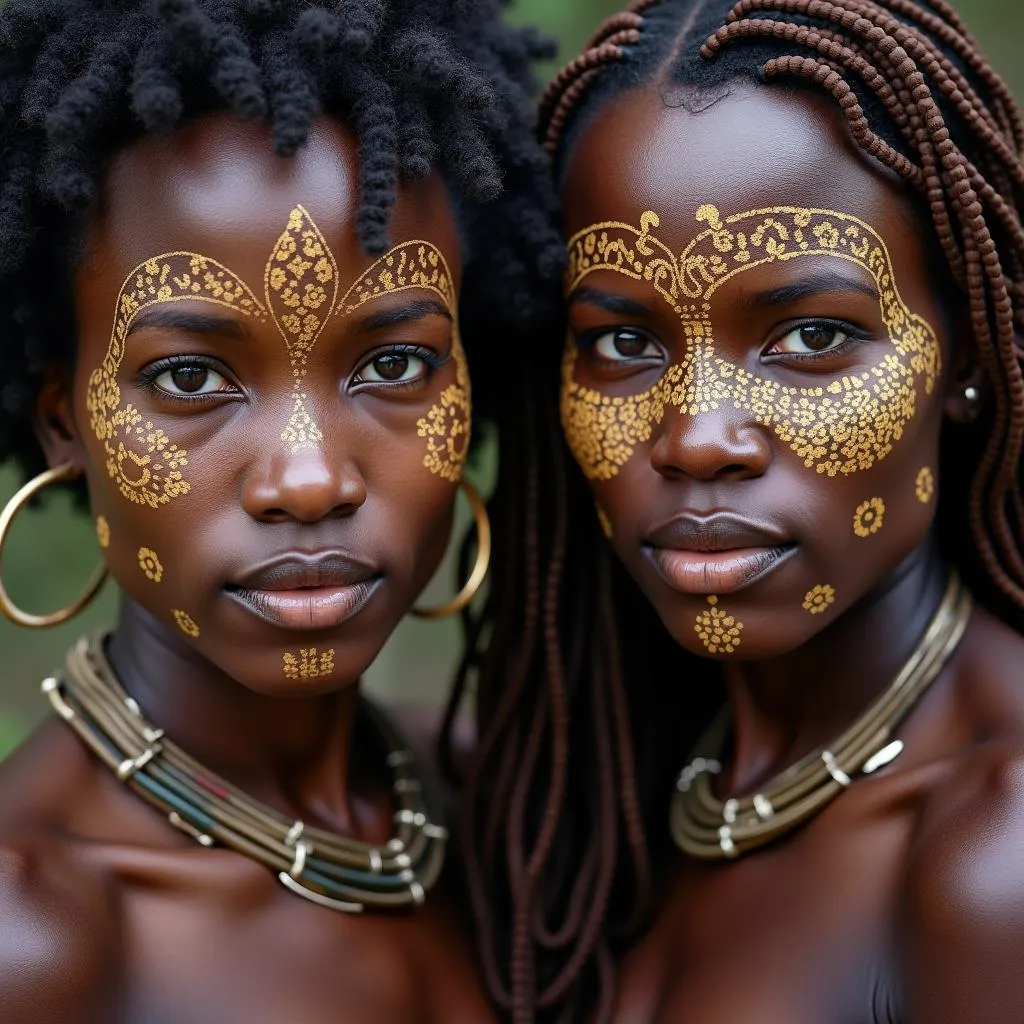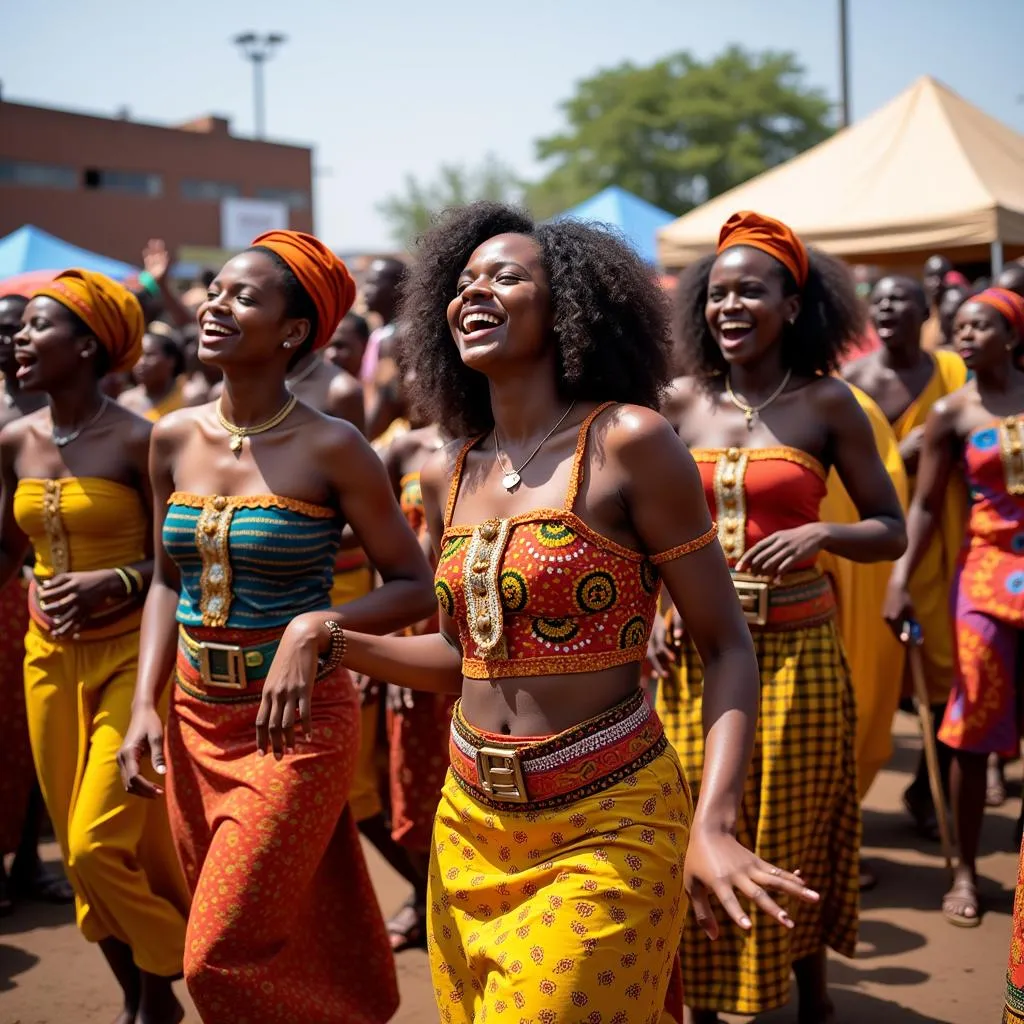African Kill Scars: Ancient Rituals and Modern Controversies
African Kill Scars, etched permanently onto the skin, tell stories of courage, honor, and cultural identity. For centuries, these intricate markings have served as powerful symbols across various African tribes, signifying rites of passage, bravery in battle, or even spiritual connection. However, the practice of scarification, while deeply ingrained in tradition, faces increasing scrutiny in the modern world, sparking debates about cultural preservation, human rights, and the evolving face of African identity.
Unveiling the History of African Kill Scars
The practice of scarification in Africa dates back millennia, with evidence pointing to its existence as early as 10,000 BC. Throughout history, different tribes have developed unique methods and styles of scarification, each with specific meanings and significance. While often referred to as “kill scars,” suggesting a connection to warfare, these markings encompass a far broader spectrum of cultural practices.
 African tribal scarification ritual
African tribal scarification ritual
Beyond the Battlefield: The Diverse Meanings of Scarification
While some scars did indeed commemorate victories in battle or hunting prowess, many others signified important life events or social standing. Among certain tribes, young men earned scars as proof of their endurance during initiation ceremonies, marking their transition into adulthood. Women, too, received scarification, with designs often symbolizing fertility, beauty, or marital status.
 African women with facial scarification
African women with facial scarification
The Tools and Techniques of Traditional African Scarification
Traditional scarification methods varied considerably across the continent. Some tribes used sharp blades to create precise cuts, while others employed thorns or even heated metal to burn the skin. Natural ingredients like ash or plant extracts were applied to the wounds to encourage raised, keloid scars, enhancing the visual impact of the designs.
African Kill Scars: A Fading Tradition?
In recent decades, the practice of scarification has declined, particularly in urban areas and among younger generations. This decline is often attributed to factors like globalization, religious conversion, and government bans on traditional practices deemed harmful. Additionally, concerns about health risks, social stigma, and potential discrimination have contributed to scarification’s diminishing prevalence.
 Modern African youth and tradition
Modern African youth and tradition
Preserving Cultural Heritage vs. Embracing Modernity
The decline of African kill scars has sparked complex conversations about cultural preservation, identity, and the impact of external forces on traditional practices. While some argue for safeguarding these ancient traditions as integral to African heritage, others advocate for embracing modernity and abandoning practices deemed harmful or outdated. This ongoing dialogue reflects a broader struggle within Africa and its diaspora – the challenge of honoring the past while navigating the complexities of a rapidly changing world.
Conclusion
African kill scars offer a fascinating glimpse into the continent’s rich cultural tapestry. These intricate markings, far from being mere wounds, tell stories of bravery, identity, and the enduring power of tradition. As Africa continues to evolve, the practice of scarification, like many ancient customs, faces an uncertain future. However, the stories etched onto the skin of its people serve as permanent reminders of Africa’s diverse heritage and the complex relationship between tradition and modernity.

